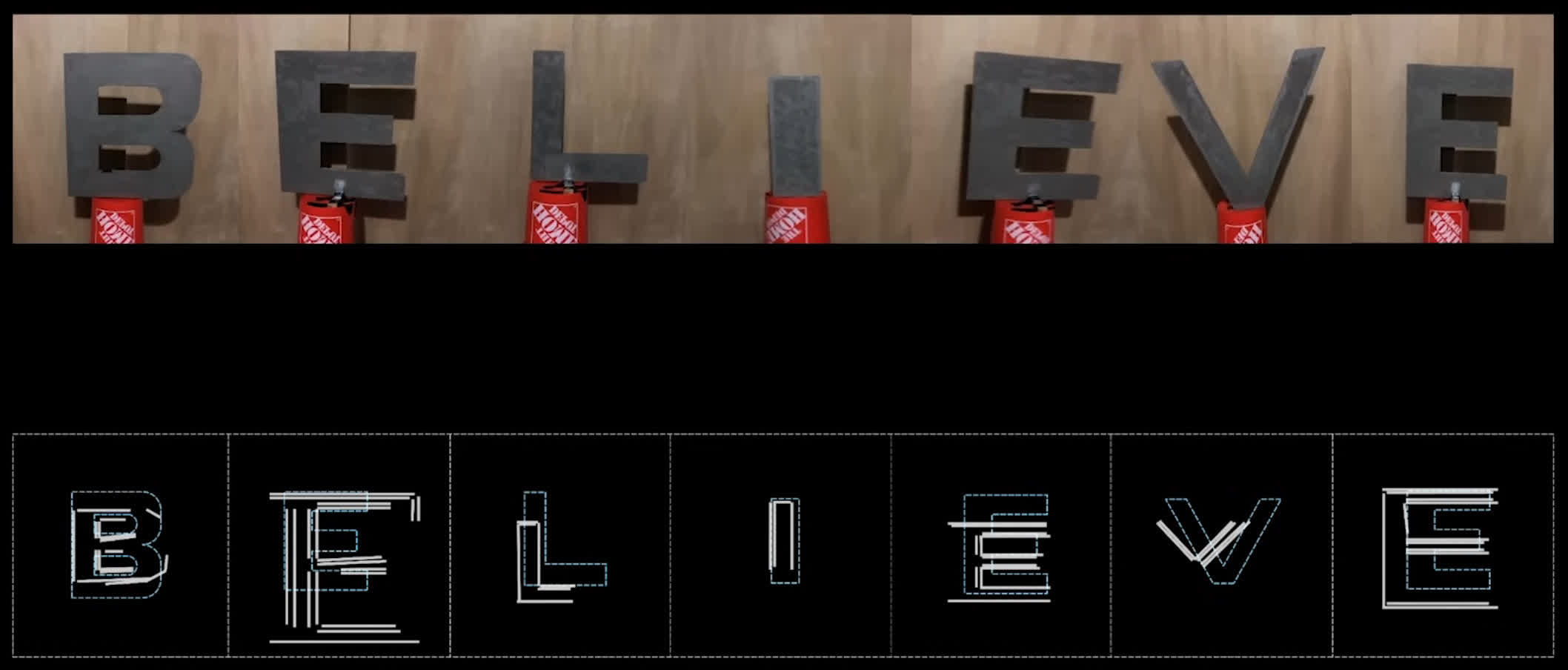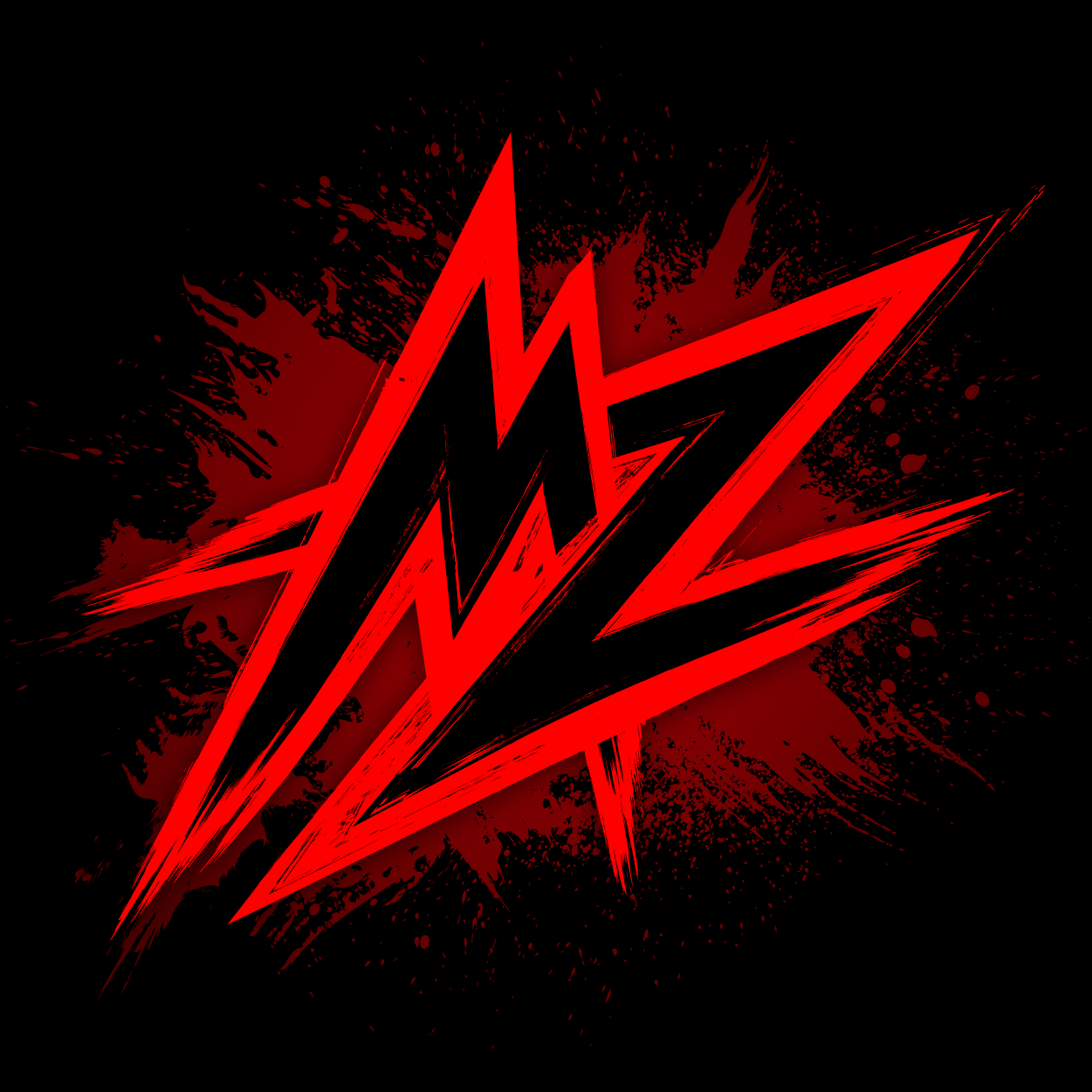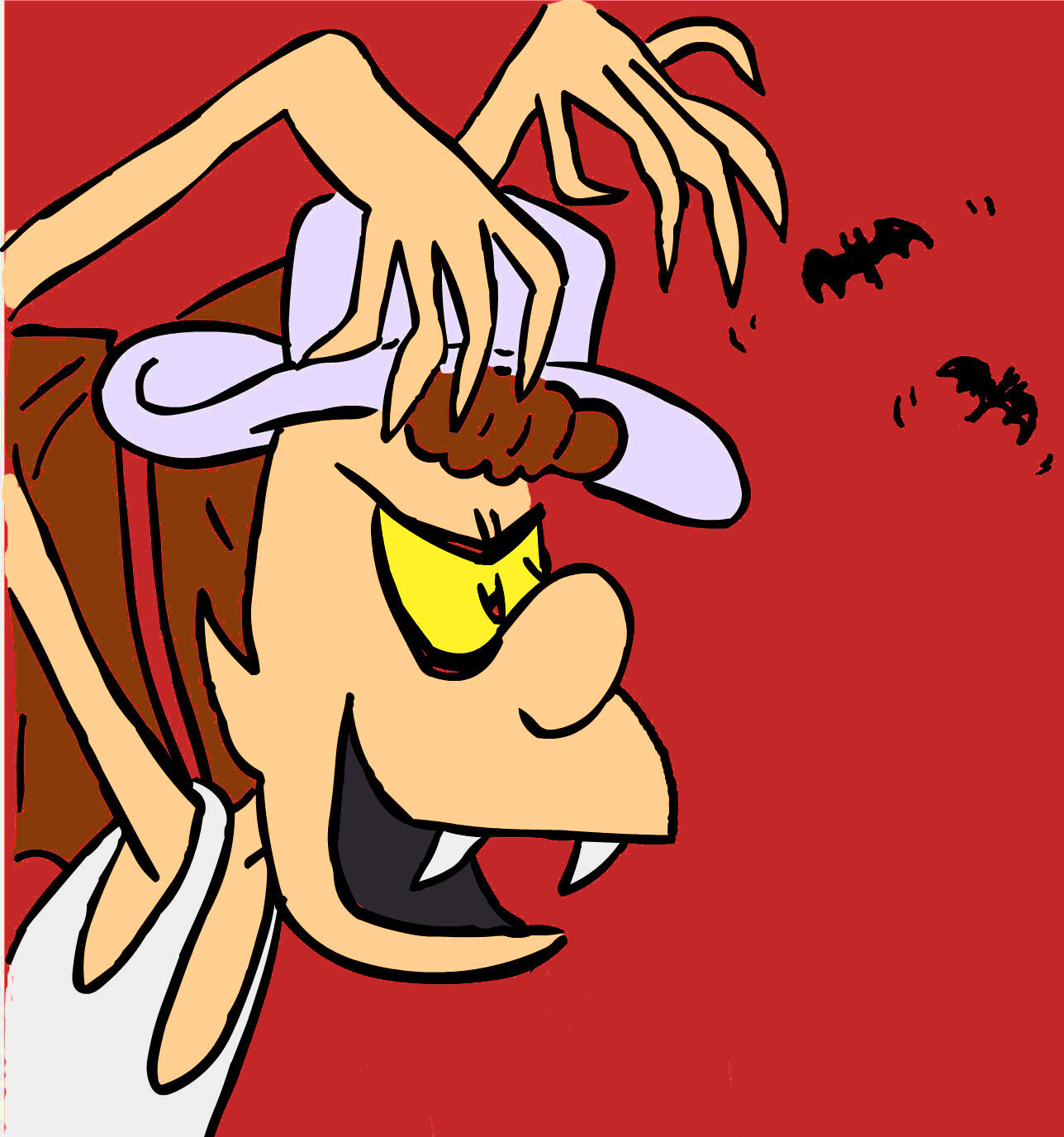This is exactly why I don’t store my passwords as giant metal 3D cutouts of letter shapes
I need to stop but it’s just so convenient.
but how else can you remember them
I don’t even know any of my passwords
The tech to scan objects in a room using WiFi is not new. It’s very unsettling.
I spy, with my little wifi…
And here I am thinking that hanging my passwords on the wall as art was hack proof. I guess it’s time to redecorate.
You just need to write it smaller than the Wi-Fi wavelength (
about 60 nm) and you should be fine. If someone wants to read it, they have to use smaller wavelengths (i.e. higher frequencies), which means there’s a good chance that they will be blocked by your walls.Edit: c/2.4 GHz ≈ 125 mm I took the first value from Wikipedia, without thinking about it enough.
I think your removed packet calculation has got a power of ten wrong somewhere. Wi-fi is GHz so that would be on the order of centimetres I think.
Yes. Wifi is 2.4 GHz, speed of light is 0.3 Gm/s. Therefore one wavelength is 0.3/2.4 m/s/Hz = 12.5 cm
Or 0.001 football pitches
Yeah, you’re right. Writing it smaller than 12.5 cm should do it, which is entirely reasonable.
What if I use an awesome font like Comic Sans and round the faces like party balloons? Still visible?
It’s all about the size. You can’t use an optical microscope to look at details smaller than the wavelength of visible light. You need an electron microscope for that. Similarly, a wifi camera can’t see details smaller that the wavelength.
If you made a camera that can see in 100 MHz radio waves, you could probably see mountains, rivers and houses, but anything smaller than 3 m would be nothing but blur.
Seriously, yikes. This is going to be very bad in the wrong hands. Cool concept though.
Researchers at the University of California, Santa Barbara, have developed a novel method for imaging objects beyond the line of sight, which they’ve named “Wiffract.” This technique leverages the interaction of Wi-Fi radio-frequency (RF) signals with the edges of objects that need to be imaged, guided by the principles of geometrical diffraction theory (GTD). With the appropriate mathematical model, Wiffract can produce remarkable outcomes, such as “reading” shapes and letters through walls.
The researchers explain that when an RF wave encounters an edge point, it generates a cone of outgoing rays known as a “Keller cone” in accordance with GTD. Wiffract’s mathematical model can capture the edges of stationary objects by utilizing GTD theory and the corresponding Keller cones. Once it identifies “high-confidence edge points,” Wiffract can reconstruct the shapes of objects while enhancing the resulting edge map further through advanced computer vision techniques.
If we’re seeing it now, the government has probably been using it for years.
This is vaguely similar to Van Eck phreaking.
Lucius Fox hates this
“baby i can read letters through walls”
the letters
This is super creepy
Are there ways to design a room or things to put in a room (or the walls?) that would inhibit this ability?
I suppose lead shields or something…
No need. If you skim the article, you’ll see it only works on sharp edges. The letters being read here are metal cutouts.
Note to self: “decorate with crystal balls…” Got it!
Lemmy is so damn salty. All you did was explain what was said in the article and some guy disliked your comment lmao
Yeah, but it was only one person. No big deal.
There he iiiiis
there’s always that one person, lol
Faraday cage?
No need for lead. Just make something similar to those microwave door mesh plates and embed it in with the insulation.
Well, if it’s using WiFi, then anything you do will also kill your WiFi signal. So, bare minimum, no WiFi router, only LAN lines.
Yeah sure why not.
deleted by creator










